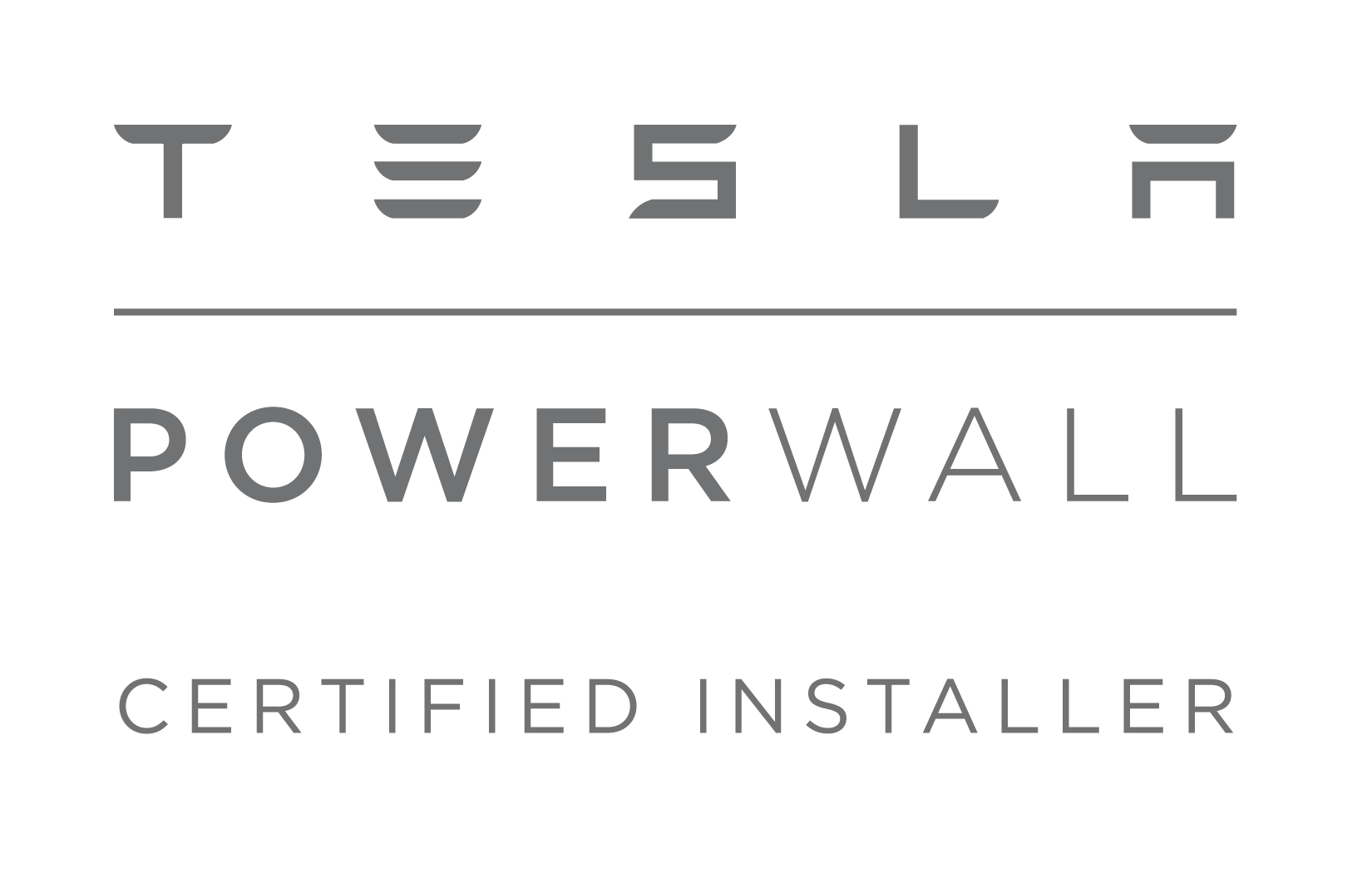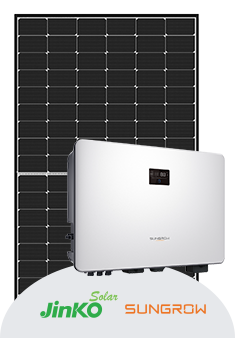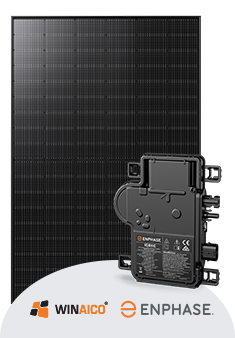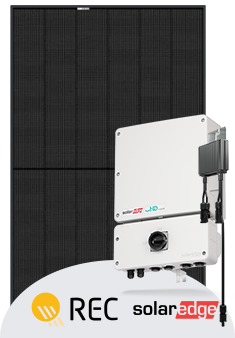Solar Energy Rebates
WE'RE HERE TO HELP
Discovering which rebates and incentives you qualify for when it comes to solar power, hot water upgrades, and batteries can be confusing. At Soltek Energy, we simplify this process for you.
If you book one of our consultations and site inspections, we can explain the available federal and state rebates that can financially support your transition to solar power, batteries, hot water upgrades, or EV charging.
Furthermore, you can learn about the details of the specific rebates that apply to you below.
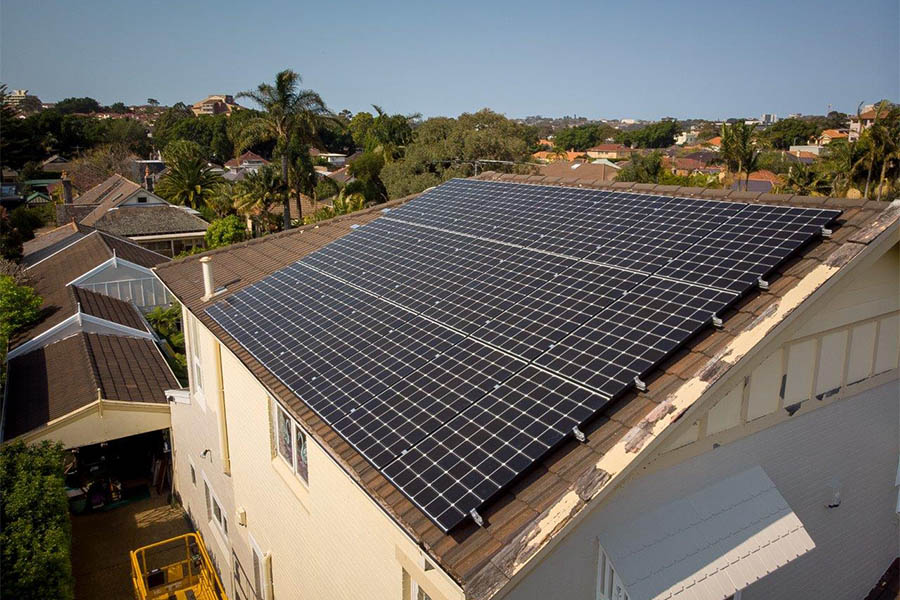
FEDERAL REBATES
Based on the Federal government’s Renewable Energy Target there are two incentive programs for solar power, they are split according to the size of the installation. Everyone is eligible, even if you are upgrading the size of your solar system.
Small Scale Renewable Energy Schemes (STCs) are available on solar power and efficient hot water systems.
Solar Power
- For systems under 100kW in size, both residential and commercial
- It is offered as a point-of-sale discount
- The value varies based on the size of the system (calculated on the total panel size) and also the value of the STC
- These tradable commodities are similar to shares, therefore prices can change quickly
- At Soltek Energy we will lock your price in when you pay a deposit
- Prices have been stable since mid-2018, however, prices in the past have been known to fluctuate drastically throughout the year
- The number of certificates is reducing on Jan 1 for the next 13 years
- Your postcode also determines what “Zone” you fall under. Australia is segmented into five solar rebate zones, each featuring a unique rebate rate.
Efficient Hot Water Systems
- Small-scale Technology Certificates (STCs) play a vital role in promoting renewable energy adoption in Australia by offering financial incentives. This rebate specifically reduces the initial investment required for installing environmentally friendly hot water solutions, such as heat pump hot water systems. The rebate amount is determined by the type of hot water system being installed.
- To qualify for STC discounts, your solar hot water or heat pump hot water installation must meet specific standards. Typically, the process for these discounts is managed by Sotek Energy, relieving you of any responsibility. However, if you’re purchasing a hot water system as a supply-only option, you may need to claim the rebate yourself, with guidance available from Soltek Energy.
- Each STC is a tradable voucher representing the amount of electricity, measured in megawatt-hours (MWh), saved annually by your eco-friendly energy system, such as a CO2 Heat Pump Hot Water System.
- It’s important to note that the exact savings and the number of STCs you can accumulate depend on your system’s type, energy-saving performance, and your home’s location.
NEW SOUTH WALES
The Federal Small-scale Technology Certificates (STC) and Large-scale Generation Certificates (LGC) incentives benefits apply to both solar power and hot water systems, providing financial support for these renewable energy solutions.
In NSW, there’s also an opportunity to receive a rebate when upgrading an existing hot water system. This additional incentive aims to encourage the adoption of energy-efficient hot water solutions. Detailed information about eligibility and the application process can be found at NSW Government’s Household Energy Saving Upgrades – Upgrade Your Hot Water.
Residents in New South Wales (NSW) can benefit from a unique solar power rebate swap specifically designed for low-income earners. However, it’s important to note that this program has limited availability.
FAQs
What is a feed-in-tariff?
A Feed-in Tariff (FiT) is the compensation provided by electricity retailers for excess solar power generated by your solar PV system, but not used by you. In the wider Sydney area, the minimum FiT, is determined by the New South Wales State Government and is subject to annual reviews, often influenced by the prevailing solar feed-in tariff rates.
Here’s an easy breakdown to help you understand what they are and how they work, making energy made easy for you:
Overview of Feed-in Tariffs (FiTs):
FiTs are payments made by electricity retailers to homeowners for the excess electricity that their solar panels generate and feed back into the grid, also known as solar export. The compensation rate for each kilowatt-hour (kWh) of surplus energy can vary significantly among retailers, typically ranging from 5c to 10c. This remuneration encourages the adoption of grid-connect solar systems and supports the wider use of renewable energy sources.
For a more detailed overview of what FiTs are, visit https://yourenergyanswers.com/what-is-solar-feed-in-tariff/
Regulatory framework in NSW:
In New South Wales, the state government sets a minimum FiT rate, which is often compared with the average feed-in tariff rates, and is subject to annual review. This helps ensure that the benefits of solar energy remain consistent with the cost of a kilowatt-hour in the market.
For specific information regarding FiTs in NSW, residents can consult the following resources which provide detailed guidance and current rates:
Selecting an electricity retailer:
Regularly comparing electricity retailers is advisable to ensure competitive rates for both your consumed electricity and excess solar energy, as well as your daily supply charges. This is where understanding the solar feed-in tariff and how it impacts your bills becomes crucial.
To ensure impartial advice and avoid commission-driven suggestions, residents should utilise government websites for comparing electricity rates, like https://www.ipart.nsw.gov.au or those listed above.
Exploring local electricity retailers can also be beneficial, as they may offer competitive rates for solar PV systems and enhanced customer service. If local-owned retailers are a viable option for you, the dual benefits are supporting local enterprises and local jobs while receiving a locally tailored service.
What does net metering mean?
Net metering is a billing system that benefits solar power system owners, granting credits for excess electricity generated by their installations and exported back to the electricity grid. It is a reciprocal arrangement, where homes or businesses equipped with solar panel systems can both draw energy from the grid when their solar production is insufficient and contribute surplus energy when their output exceeds their own consumption.
How solar net metering operates:
- Solar energy production vs. consumption: There may be some situations where the energy produced by you solar panels will exceed the electricity consumption of your household or business. This excess energy is then exported to the grid, contributing to overall grid stability.
- Smart metering technology: Smart meters are integral to solar net metering, accurately measuring both the electricity you import from the grid and any surplus energy your solar power system feeds back. This two-way metering is essential for tracking the flow of electricity in both directions.
- Reduction in electricity bills: Owners of solar power installations receive credit for the excess solar energythey contribute to the grid, basically reducing the cost of the electricity they pull from the grid when they’re solar output is low.
Pros of solar net metering:
- Economic benefits: By reducing electricity bills through Feed-in Tariff credits, solar net metering makes installing solar panels an economically viable option for many residential customers.
- Contribution to grid stability: Solar power systems help stabilise the electricity grid, especially during periods of high demand. The integration of battery systems enhances this effect by storing excess energy produced, ensuring a more reliable supply of electricity.
- Promotion of renewable Energy: The financial incentives provided by solar net metering encourage a broader adoption of solar installations, supporting a transition to a more sustainable energy landscape and reducing carbon footprints.
Cons of solar net metering:
Despite the benefits, solar net metering faces several challenges:
- Energy retailer concerns: Some energy providers claim that solar users with net metering benefit from the grid while not contributing to its upkeep, placing the burden on non-solar customers. However, the current low solar FiTs ensure that the additional profit margins for energy retailers cover these maintenance costs.
- Policy variability: The terms of solar net metering agreements can vary significantly across different regions, with some areas offering more generous FiTs than others.
Future of net metering:
The conversation around net metering is evolving along with the energy sector.
- New Pricing Models: Some areas are considering alternatives pricing models like time-of-use pricing and value-of-solar tariffs to better reflect the fluctuating nature of electricity demand and solar production.
Check websites like https://www.energy.nsw.gov.au/households/guides-and-helpful-advice/being-more-energy-efficient/understand-your-energy-bill/read-bill for information on how to read and understand your electricity bill. - Export Controls: Particularly for larger commercial solar setups, export controls are being implemented across Australia. As electric vehicles (EVs) become more common and battery storage systems are integrated more widely, the capacity to absorb surplus solar energy during peak times will increase, shifting the usage of renewable energy to a more consistent 24-hour cycle.
Solar net metering is instrumental in the widespread adoption of solar power, offering significant advantages in terms of reducing electricity bills, promoting renewable energy, and contributing to grid stability. As technology continues to improve and policies evolve, net metering remains a key driver in the shift towards a more sustainable and decentralised energy model.
What should I be getting paid for solar that I am sending to the grid?
Solar PV systems have become one of the most popular ways for home and business owners to be more environmentally conscious and sustainable. Rooftop solar allows home and business owners to generate their own electricity and even earn from the excess energy exported back to the grid. A solar system in Australia can pay for itself within 3-5 years and potentially generate over $40,000 in energy savings over its 25-year lifespan.
Feed-in tariffs (FiTs) play a significant role in this economy of solar. A solar feed-in tariff is the rate paid to households for excess energy generated by their solar system and exported to the grid and is key in you getting paid adequately for the solar you send back to the grid.
The minimum feed-in tariff rates are set by the government, and they vary by state. Each state conducts an annual review to ensure that the rates reflect the current energy retail market. For the most current feed-in tariff rates in NSW you can refer to resources like Energy Made Easy or the IPART website.
Compensation for solar energy fed back into the grid currently fluctuates between 5 to 20 cents per kWh; these rates are subject to conditions such as the size of your solar system and the amount of energy you export daily. It’s important to consider network costs and any applicable export charges when calculating the benefits of installing solar panels. It is advisable to directly check with your energy retailer for the most accurate and up-to-date information regarding their feed-in tariffs.
When choosing an energy retailer, or shopping around for a new one, consider their deals regarding solar feed in tariffs and customer export service carefully. Regularly comparing electricity retailers can help you to secure competitive rates for your electricity usage and ensure you are getting the maximum feed in tariff rate for the excess solar power you export to the grid.
Although it may be disappointing that the current FiTs are considerably lower than the high rates offered during the initial boom of the solar industry, keep in mind that the initial cost outlay for a solar system has decreased substantially. The overall decrease in the cost to install solar systems and the lower cost of solar PV system components, as well as the improved efficiency of solar batteries, somewhat evens out the disparity.
For the most impartial comparison of electricity retailers and to understand the impact of network costs on your solar investment, government-operated comparison websites like Retail prices | IPART are invaluable resources. These platforms are designed to assist consumers in making informed decisions about energy retail services without the bias of commercial incentives.
Can I access government solar support?
In Australia, businesses considering installing a solar energy system can benefit from various government incentives, which are available at both federal and state levels. To make a well-informed decision about moving your company to run off a renewable energy system, it’s essential to understand these government incentives.
Small-scale technology certificates (STCs):
Businesses installing solar systems smaller than 100kW can take advantage of the Federal Government’s Small-scale Renewable Energy Scheme through STCs. These certificates, which function as tradable currency and can be sold on the market, are often provided as a point-of-sale discount. The scheme calculates the number of STCs based on the estimated electricity output of the solar energy system when it is installed.
For detailed information on STCs and eligibility, visit the Clean Energy Regulator’s website:.
Businesses can claim STCs after having their solar system installed. Solar installers usually guide the process and will facilitate the claim. Installers usually guide the process and facilitates making the claim. STCs substantially lowers the upfront costs of the solar system; this financial incentive makes the shift to solar energy economically feasible for many businesses.
For guidance on how to claim STCs, you can check: https://www.cleanenergyregulator.gov.au/RET/How-to-participate-in-the-Renewable-Energy-Target/Financial-incentives/Claiming-small-scale-technology-certificates
Large-scale generation certificates (LGCs):
For solar systems with a capacity of 100kW or more, LGCs replace STCs. LGCs are awarded based on the actual electricity generated by the system over a certain period, rather than at the point of sale. The LGC incentive is claimed over time, dependent on the system’s verified electricity production.
For more on LGCs, visit: https://www.cleanenergyregulator.gov.au/RET/Scheme-participants-and-industry/Power-stations/Large-scale-generation-certificates
State support:
Depending one where you live, multiple rebates and incentives are offered by State Governments solar power systems, hot water system upgrades, battery installations, and electric vehicle (EV) charging solutions.
The NSW State government offers a solar rebate for low-income households, helping to make installing a solar energy system more accessible for everyone. For more information visit Rebate swap for solar offer | NSW Climate and Energy Action
Furthermore, the NSW State government also offers a rebate for upgrading your hot water system to a more efficient and economically viable option. For more information visit Upgrade your hot water system | NSW Climate and Energy Action
Pensioners may also benefit from these initiatives, as certain programs like the Pensioner Concession Card or Gold Card may offer additional financial assistance to reduce the upfront cost of renewable energy systems, contributing to a more sustainable and cost-effective energy solution for eligible cardholders.
In summary, the shift to solar energy is economically feasible for many businesses, thanks to the range of financial incentives designed to offset the initial investment, with the long-term goal of reducing small-scale technology costs and promoting clean energy.
QUALITY RESIDENTIAL SOLAR PACKAGES
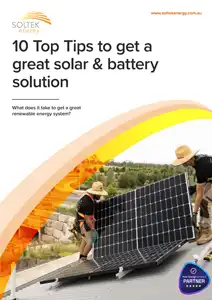
Free Solar & Battery E-Book
10 Top Tips to get a great solar & battery solution
This detailed guide has been prepare using our over 15 years of industry experience. It gives you a great overviews of the key factors to consider in your purchasing decision.
Download your free 20 page E-Book with 10 of the best helpful solar purchasing hints. No Catch. Why? Because solar is a long term investment and we care about what we do and by providing important information to everyone that they can make the best solar & battery choice!

